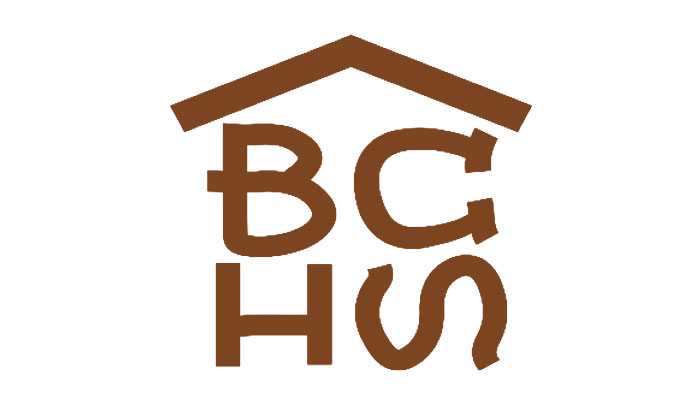The Provincial Park’s Bird Tales – Part 1
Intended for public services such as parks and schools or other Crown use, large tracts of public lands were set aside by the-then Dominion of Canada south and east of (and including) where Bragg Creek Provincial Park sits today. The 40-acre parcel nestled on the river that now hosts picnic tables had once been the site of Bragg Creek’s first oil well, the Mowbrey-Berkely. It was not until the 1930s, however, that the land was released by the government for recreational use, and use it got, beginning with the Bird family.
Originally from the Ottawa area, Frederick George (F.G.) and “Maizie” Bird moved to Calgary and were introduced to the Bragg Creek area in 1932. Maizie was very active in Girl Guides and her friend, Guide leader Mrs. Bill Trotter, owned a cabin north of the river. The Trotters’ neighbour, Dr. Ross Upton, owned land on the river, on which he allowed the Guides to set up a summer camp in tents.
In the meantime, F.G. looked for a location for the Bird family retreat. An oil and gas landman familiar with the availability of government lease land, he found a piece of unoccupied land offering 2600 feet of riverfront situated on a prominent bend of the river and culminating on a bluff looking westward up the valley towards Moose Mountain. F.G. located the land survey markers and travelled in haste to the Provincial Land Office in Edmonton to determine ownership.
For the Birds, the bonus was access to the property by a recently constructed logging road to the Bragg Creek hamlet that also accessed the ranch of Stanley Fullerton. Working closely with W.E. Harvie, then the government’s director of Land (and for whom the Canmore subdivision Harvie Heights is named), Bird successfully negotiated a 25-year lease (Miscellaneous Lease #637) of the 40 acres (some accounts suggest 32 acres) with full rights to erect cabins and infrastructure needed for recreational use.
S. Frederick Bird (son of F.G) later wrote about his life including a full account of the family’s time in Bragg Creek. He describes the beginnings of the cabin people in the Creek and the challenges of getting to the cabins:
“These tracts (the cabin lots) varied in size from city lots to as much as ten acres and were owned by prominent Calgary families of the times— Dingmans, Fenertys, Uptons, Richardsons, etc. Cabins had been built in the 1920s at the time the old wagon road improved enough for autos to use.”
Yet, even by the 1930s:
“A trip to Bragg Creek at any time in those days was something you planned in advance and were prepared to dedicate at least one full day.”
As the Birds developed the property, the most significant structure became the permanent kitchen (refectory) and eating area built in an “al fresco” style with a roof that was a local landmark. F.G. had been working for Imperial Oil when it changed the name of its product line from Three Stars to Esso. The now-obsolete service station signs (20-foot-long galvanized sheet metal) found new use when rolled over a pole frame to make a roof. The only drawback was the unbearable noise during a hail or rain storm, but at least camp activities benefitted from a dry area. Food was cooked over a 10-foot-long wood-burning fire bed covered with a metal grill. Only later was an oven added.
Further ingenuity included the building of a log bridge, fence, cabin and other features such as the “stop and go” signs just outside the outhouse; gates that could be opened without getting off your horse; a cold cellar; and the segregated garbage area – one site for grease, one for cans and one for wet garbage. There is no mention in Bird’s memoirs of bear interest in the waste collection system, so the design must have been well thought through.
Look for Part 2 in the next High Country News and learn about the Birds’ affinity for the area and why Maizie was named by the Stoneys as the white woman who made teepee.
Michele McDonald
Sources: Our Foothills Manitoba: Freisen. 1975; Bird, Frederick S. Memoirs & Bird Tales, USA. Copyright 2013 by Deirdre Kramer. Adapted with permission; Edmonton, Calgary Herald, February 12, 1960; Burn, Ian: Interview April 2017.


























